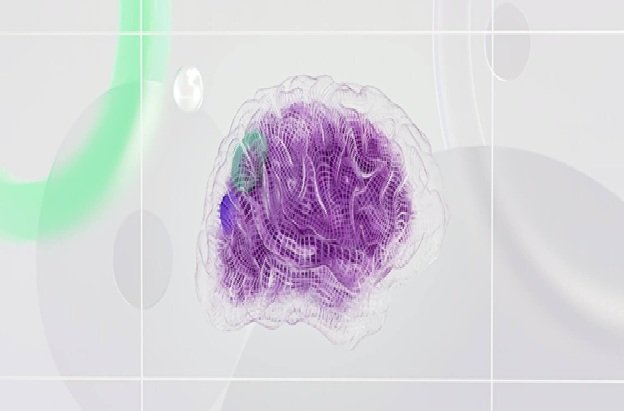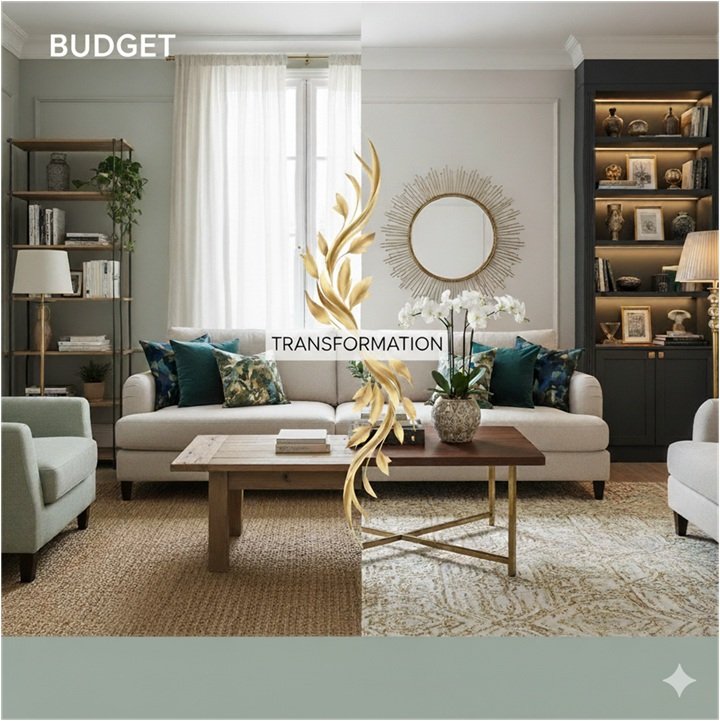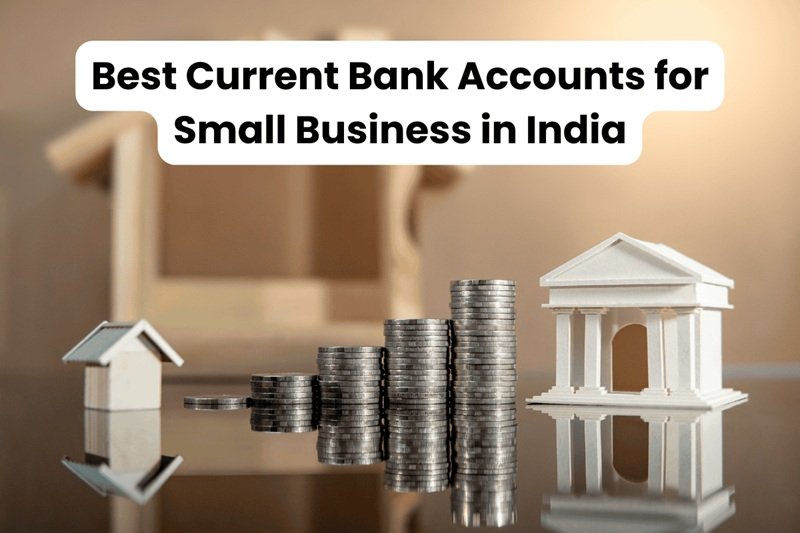Imagine your website as a small-but-aesthetic organic shop tucked into a South Delhi lane. The signboard’s slightly tilted, there’s fairy lighting, soft indie music playing and somehow…people keep walking in. Ten minutes later, they’re holding a bamboo toothbrush, three jars of turmeric honey and a sudden appreciation for sustainability.
That, dear reader, is the power of great web design.
Not the free-template, “my cousin made this” kind. But the kind where pixels meet psychology, aesthetics flirt with analytics and your site becomes less of a brochure and more of a behaviour engine.
So let’s dive into how design doesn’t just shape perception, it changes behaviour!
Design Isn’t Decoration. It’s Direction.
Good design doesn’t shout. It nudges. It guides. It shouts, “Click here” in a way that doesn’t feel like being sold to.
That’s why:
- 88% of users won’t return after a bad UX
- 75% judge your credibility based on your site
- And you’ve got 0.05 seconds to make a first impression
In design-speak, that’s called cognitive ease. In business-speak? It’s pure conversion gold.
It’s not a user journey if it feels like a treasure hunt with no map.
Your Brain on Design: A Psychological Storm
We like to think we’re rational online. Read reviews, compare prices, evaluate. Reality? Our brains are running on vibes and visual cues.
Here’s what behavioral science says about your site:
1. The Halo Effect: Pretty = Trustworthy
If your homepage is clean, balanced and modern, people assume:
- You’re reliable
- Your product works
- You pay your employees on time
Unattractive websites don’t just look bad, they scream “Run.”
2. Cognitive Load: Our Brains Are Lazy
If your website is a maze of buttons, popups and scrolls, users peace out faster than you can say “hamburger menu.”
Great design:
- Uses predictable layouts
- Highlights CTAs with intention
- Feels like a Sunday morning, not a tax return
People don’t want to think. They want to click.
3. Hick’s Law: The Netflix Effect
Too many options = panic scroll.
Professional design reduces choice anxiety:
- One CTA per page
- Simple navigation
- Space to breathe
Because when everything is shouting, nothing gets heard.
4. Familiarity Bias: Humans Love Patterns
No one wants to feel lost, especially not in a footer.
Custom design uses subtle patterns and familiar flows to reduce friction. You feel comfortable, even if it’s your first time there.
It’s not “just a homepage.” It’s your brand’s handshake, hug and first impression, all at once.

Custom Website Design = Behavioural Nudge Machine
Let’s kill the myth once and for all:, Your website isn’t your digital business card. It’s your most effective sales agent.
With zero sick days.
It works because it:
- Nudges action
- Eliminates doubt
- Makes choices feel intuitive
And the data backs it:
- Conversion rates rise by 30% with good design
- UX-focused sites see ROIs of 9,900%
Great websites don’t “convince” users. They make them feel like the decision was theirs all along.
Saarru: A Case Study in Memory-Driven Design
When Saarru, a regional South Indian soup brand, came to Wishbox, their ask wasn’t “make a website”. It was: “Make people feel like they’re home.”
We said, say no more.
Here’s how we turned soup into soul:
- Typography inspired by retro Tamil cinema posters
- Colour palettes drawn from kitchen spices and old wedding invites
- Stamp-style borders straight out of childhood ration cards
- Layout that felt like opening a steel tiffin: layered, nostalgic, satisfying
- Blog stories flavoured with memories, not just menu items
The result?
A website that felt less like e-commerce, more like coming home to your mum yelling, “food’s ready!” Users stayed. Bounce rates dropped. North met South, with a spoon & whole lotta love.
Because when design feels like a memory, it becomes a movement.
Mobile Design: The Real MVP
Over 55% of web traffic is mobile. If your site still pinches and zooms like it’s in 2012, you’re not just behind, you’re invisible.
Good mobile design means:
- Chunky buttons your thumbs will love
- Text that doesn’t need squinting
- Fast load times (because buffering is violence)
Google agrees. They don’t even rank desktop sites anymore.
SEO: Not Just Keywords. It’s Psychology, Baby.
SEO is less wizardry and more strategy.
Search engines love:
- Logical hierarchy
- Fast performance
- Clean code
- Keyword-savvy tagging
Custom design gives you all of this by default. It’s built for humans first and algorithms second. (Which is exactly what the algorithm wants.)
Because even bots bounce when the place looks shady.
Templates Are Instant Noodles.
Custom Design Is Slow-Cooked Glory.
Yes, templates are cheap. So is pre-mixed gravy.
But if your brand is aiming for premium perception, custom is the only way to go:
- Fully brand-aligned design
- Custom flows, features and flair
- Scalable and secure
- No code that’s secretly shared with 9,000 other sites
It’s the difference between renting a tux…and owning your fit.
Maintenance: Less Appealing, More Crucial
It’s not very cool. But super necessary.
Websites don’t age like red wine. They age like milk in Delhi summers.
Regular maintenance means:
- Security patches and malware scans
- Content and SEO refreshes
- Load-time tweaks and plugin updates
It’s the hygiene routine your website deserves. Ignore it and one day, your contact form just…stops working.
What Does It Cost? Less Than a Bad First Impression
Sure, good web design isn’t free.
But you know what’s more expensive?
- Low conversions
- Lost trust
- DIY design that needs redoing in six months
In business terms, cheap design is the costliest mistake.
Final Thoughts: Your Website Is Not The Sidekick.
It’s The Hero In A Three-Piece Suit.
In a world where 97% of people Google you before they even think of calling, your website isn’t “just” a thing you need. It’s:
- Your warmest introduction
- Your strongest pitch
- Your highest-converting employee
Don’t treat it like an afterthought. Give it the strategy, attention and investment it deserves.
Choose professional web design services. Demand custom website design that isn’t just beautiful, but behavioural. Because in the digital world, it’s not just what you sell. It’s what you signal.
Refresh Date: August 30, 2025










